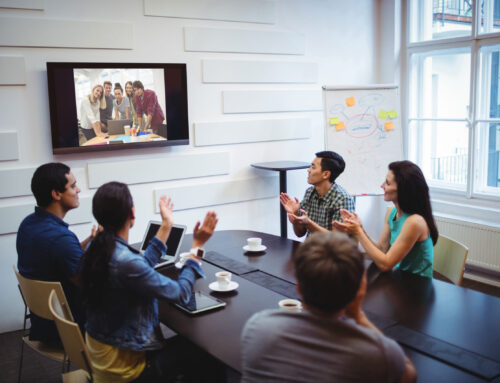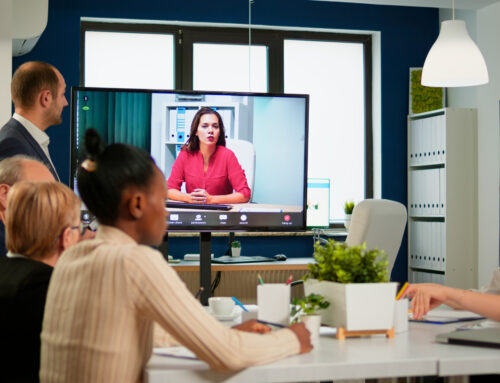After more than two months of a world in total lockdown, we are beginning to see a shift. We are witnessing the gradual reopening of the economy, and office workers are gearing up to return to their brick-and-mortar buildings. But all is not as it once was.
Although restrictions are loosening, the pandemic isn’t over. Things won’t go back to the way they used to be – nor should they. Social distancing measures are still in full effect, and while we may have semi-successfully navigated the first wave of the virus, we shouldn’t lower our guards just yet.
A Brave New World
Which brings us to the question: how exactly will offices manage their workforces as we settle into our “new normal?”
There’s no one right answer for everyone. Each business will have to adopt its own methods to create safe, socially-distant work environments. So what will that look like?
The pandemic has forced businesses across North America and the world to reassess their policies and working models. Fortunately, the massive scale of this reappraisal has yielded positive results: a successful work-from-home model is not as impossible as we once thought!
Changing Tack
Many businesses seem to agree that offices with a full roster of working staff simply isn’t feasible. Instead, it appears that the way forward is a blend of both remote and office work. This means a rotating schedule of employees working from home, while others combine Zoom with in-person office work.
Canadian banking giant Bank of Montreal says that they’re expecting a major shift for their workforce. The majority of their employees will be exploring a blended working environment that combines working from home with intermittent trips into the office – even, BMO believes, after the pandemic has passed.
According to BMO’s CEO, this might be office work ‘version 2.0.’ The key to the future is innovation. The world has changed drastically; it only makes sense that businesses should follow suit. The new focus on productivity and flexibility will help keep workers safe. Beyond that, exploring new ways of working may lead to unexpected benefits for employers and employees alike.
What Will The Blended Workspace Look Like?
Like any workplace, the blended work environment has its pros and cons. Methods of communication will change, but we’ve already shown we can adapt. Productivity might take a hit at first, but with sound investmentin remote working structures, productivity can be rebuilt.
Remote work may also instigate a fundamental shift in the way businesses treat their workers. By prioritizing their employees, companies can ensure the wellbeing and longevity of their companies.
When applied well, this team-centric approach may result in higher levels of employee morale. Employees who feel valued and cared about are capable of their best work. Enforcing a safe, blended work environment is a good way to show your workforce that you care about their health, wellbeing, and financial stability.
Final Thoughts
The startling sweep of COVID-19 has changed the landscape of business in ways no one could have ever expected, but that’s not necessarily a bad thing. Coronavirus has forced us to rethink what’s possible, and we’ve already seen amazing things grow from it.
For more resources and insights on how to navigate the new blended workplace, reach out today.






